In a previous article, we looked at how COVID-19 had impacted champions implementing the BeUpstanding program in the workplace. The snapshot survey found that working from a home environment, team communication, keeping staff motivated and increased workload during COVID-19 were the biggest challenges to implementing the program. Since COVID-19, 56% of champions reported their team had temporarily paused the program. In this article, we examine the impacts of COVID-19 on staff. Data were from a survey we sent in May 2020 to staff participating in the BeUpstanding program. The survey asked about sitting and activity behaviours, working arrangements, and health and wellbeing now and before COVID-19. Only staff whose teams were participating in the national implementation trial of the program, and who had already completed the needs assessment element of the program, were eligible. A total of 38 survey responses were received and are reported on below.
Working Arrangements
On average, staff worked approximately 40 hours/week before and during COVID-19. While there was no significant change in work hours, there was a major transition from working in the office to working from home with 97% working mostly or completely at the workplace pre COVID-19 and 87% reporting working mostly or completing from home at the time of the survey.
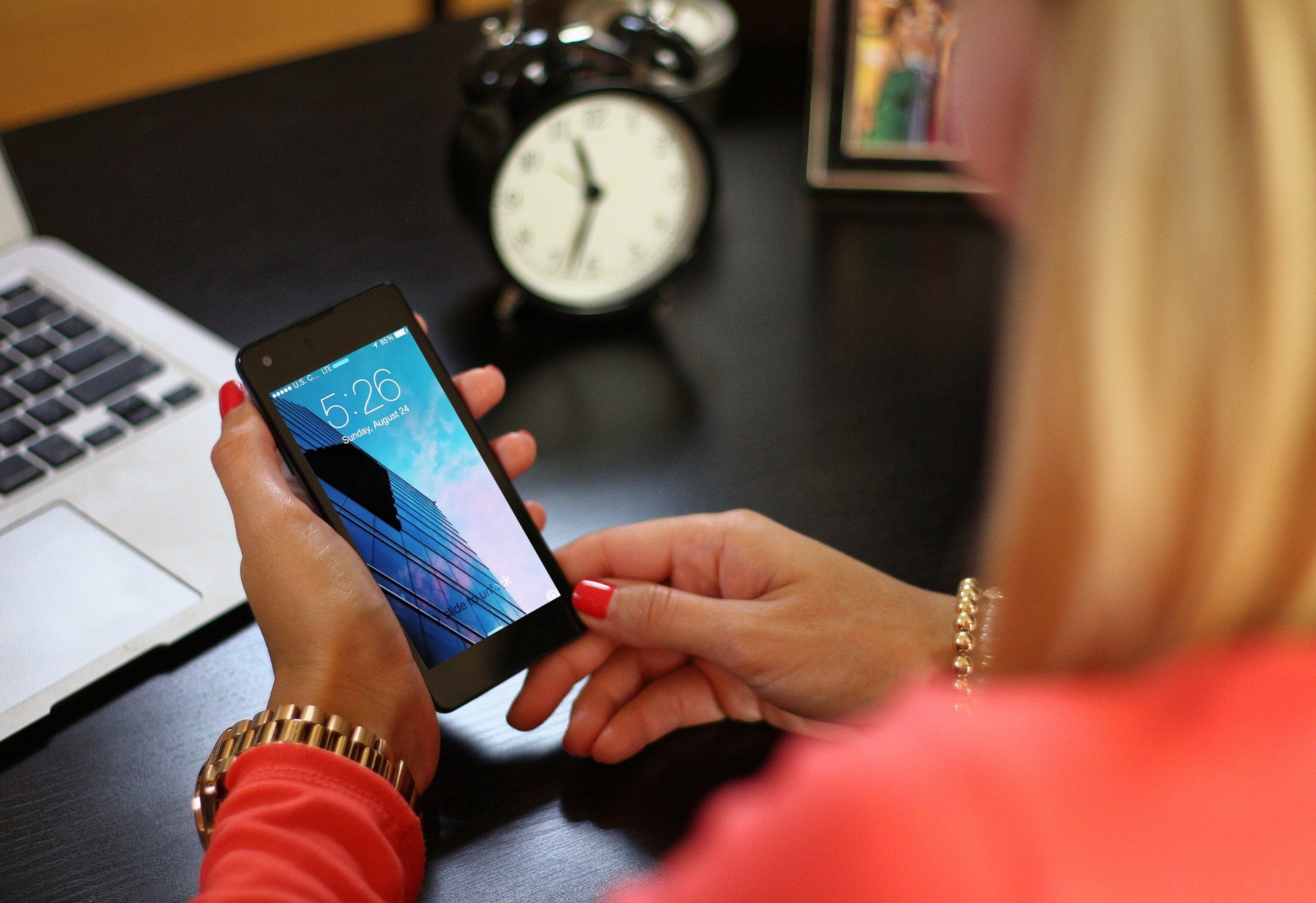
Work Life Balance
We asked staff members participating in the BeUpstanding program a range of questions about their work life balance. Interestingly, we found that:
- 61% of staff said they had more flexibility now in when they do their work compared to the 3% who said they had less flexibility
- 50% of participants reported a higher workload currently compared to pre COVID-19 levels (with 18% reporting a much higher workload) compared to 39% of participants saying it was about the same.
Qualitatively, the majority of staff indicated enjoying the flexibility of working from home, with many commenting that they enjoyed not having to commute to work, and subsequently had extra time for family, chores and other activities such as study and hobbies.
[The] kids are at home more, school drop off and pick-ups [are] non-existent, more time with the family and saving of time without having to travel.
Oh my goodness. I LOVE working from home. I cannot overstate this enough. I have 10+ extra hours in my week due to not having to travel and this has been very helpful to me as I am also studying in my own time. I am no longer tired or exhausted once 5pm hits, I have so much more energy.”
We also asked how COVID-19 had impacted staff members with caring responsibilities. Of those with caring responsibilities, approximately one-third indicated COVID-19 has resulted in additional caring responsibilities. Despite the extra responsibilities, some carers commented that flexibility in work hours and working from home helped to provide care.
Working from home has enabled a greater level of deep thinking work as well as greater flexibility to meet my caring responsibilities
Work environment
Notably, some staff also reflected on the challenges and risks of sedentary behaviour within the home environment. This highlights the importance of programs like BeUpstanding that support staff to stay active, no matter where they are working.
I don’t feel like l get up and move around as much when as home. While in the office l used to get and go see someone if l had a question whereas now l can only call them.
We asked staff to think about and rate aspects about their workspace and environment when working from home compared with when working at the workplace/office. The computer, desk, chair, internet, and e-resources access were commonly rated worse in the home environment. Conversely, environmental aspects such as noise, light, and general distractions were rated as better when working from home. Overall, staff reported that the workspace, environment and their overall comfort were better when working from home. These findings indicate the importance of supporting improvements to the physical environment as we learn to live and work with COVID-19 and adjust to a future of mixed home-office working arrangements.
Access to standing desks were identified as a potential area for improvement both at home and in the workplace. When comparing the suitability of the computer set-up at home and the workplace, 39% of staff reported their workplace set-up was suitable for both standing and sitting compared to 11% in the home environment. Resources in the home such as ergonomic chairs, standing desks, and stable internet access are key to ensuring staff can work both effectively and safely from home.
Health and Wellbeing
When we asked staff about their overall health and wellbeing, 42% reported being more stressed and exhausted, compared to before COVID 19. In contrast, some staff reported better health including feeling more productive (42%), energetic (32%) and more engaged, alert and creative (32%). This reflects that COVID-19 has significantly different impacts on individuals, and highlights the need to further understand the potential links and interactions between workload, environment, and health and wellbeing.
We also compared staff members sitting, standing and moving behaviours during a typical workday (work hours only, not counting commuting or leisure time) currently and before COVID-19. On average, participants reported that their work sitting time was 13% higher than pre COVID-19 (79% versus 66%). Most of this was due to a reduction in standing time, where it dropped from 19% to 9%.
Outside of work hours, the findings were mixed with 40% reporting they moved more and 35% reporting they exercise more than during the pre COVID-19 period, while 27% said they moved less and 33% said they exercised less. Notably, a large proportion (37%) reported sitting for extended periods of time outside of work more often since COVID-19, while 22% reported doing this less often. Similarly, when we asked staff to report their motivation to follow a range of behaviours now versus before COVID-19, 39% of staff reported being less motivated to move during work hours but more motivated to exercise outside of work hours (42%). We know that it is important to move throughout the day, not just after work hours. You can find out tips & tools to sit less throughout the day while at home on our free resources page.
Moving frequently, maintaining good posture where your head is at eye level, feet are planted firmly on the ground and your spine is supported are some of the keys to a healthy workspace. We asked staff to rate their current level of discomfort in the upper body (upper back, neck shoulders, elbows, wrists or hands), lower back and lower body (hips, thighs, buttocks, knees, ankles and feet) in comparison to before COVID-19. Overall, the majority of staff reported experiencing similar or worse discomfort, joint and muscle pain during COVID-19.
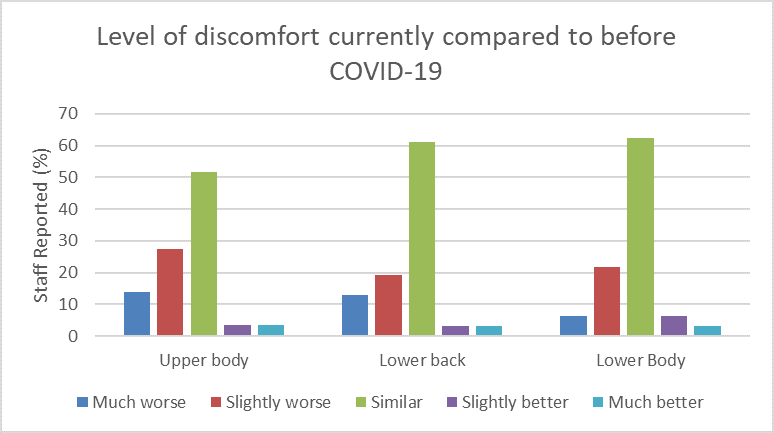
Some staff members commented that the lack of suitable physical resources at home, such as chairs and sit-stand desks, could be an underlying cause.
I believe l need a better chair. Also, to be able to stand up while working would be great at times.
For our no-frills guide to setting up a healthy workstation and more tips to sit less, stretch and move more see our free resources page.
CONCLUSIONS
From this investigation, we have learnt that people love working from home, but there are some aspects of the home-office environment that could make it even better! As we learn to live during a pandemic, providing physical resources and guidance around healthy behaviours will be key to ensure staff are working safely and happily from their home office. In our next article, we will look at how staff reported the practicality of work from home strategies and how frequently they adopted these strategies.
This article was written by Sidara Englehardt as part of his MPH placement with the BeUpstanding team
![]()

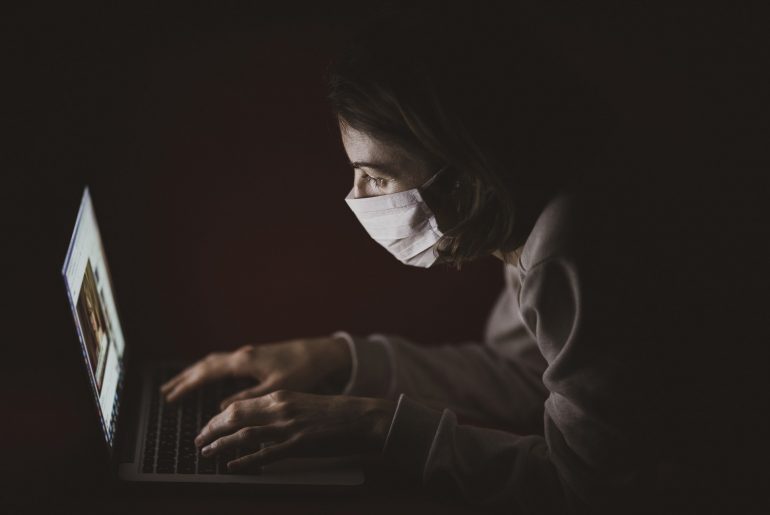
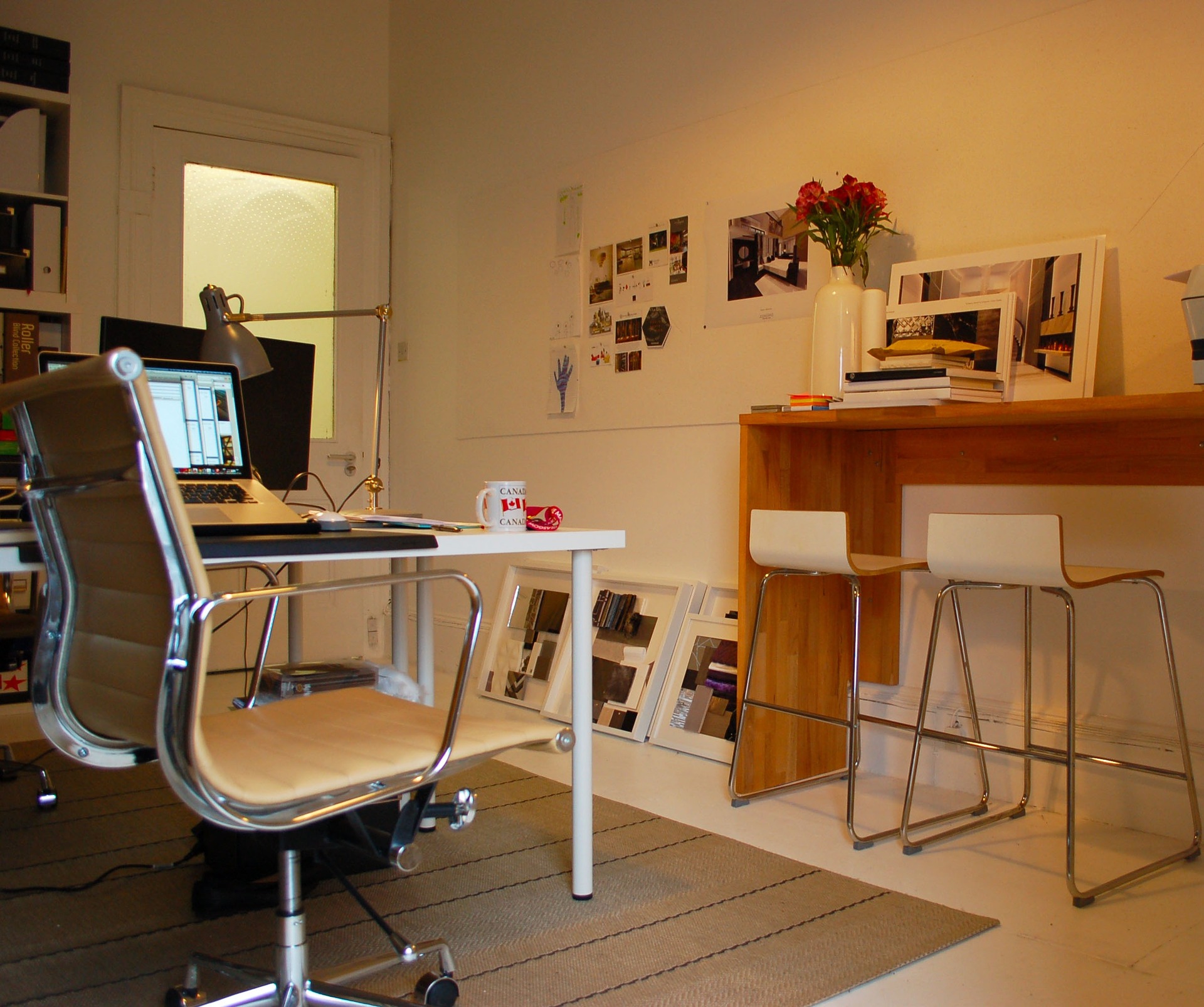





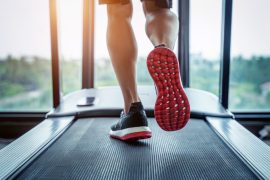

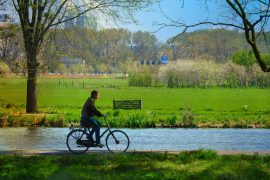
Comments are closed.